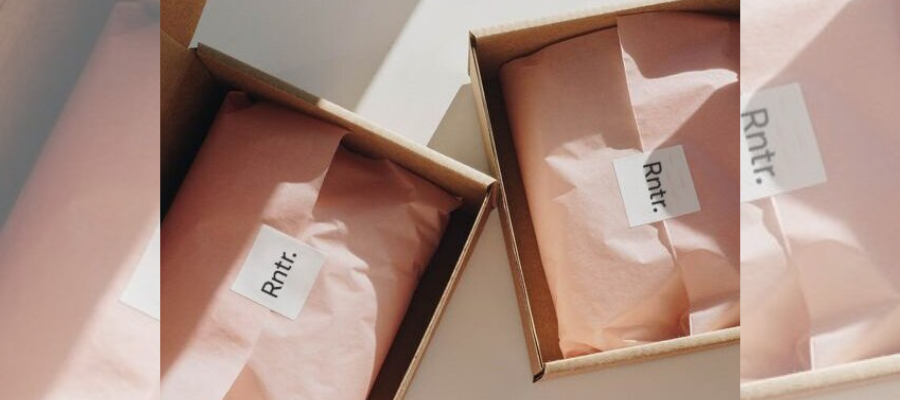Wool Week 2019 is here and to celebrate we spoke with Anthony Close, a young and innovative Victorian wool farmer, on how wool is the answer to fashion’s problematic environmental footprint.
“Every farm has a story to tell. That story is worth a lot. Wool is such a great product, good for the environment and an excellent textile.”
Anthony received this year’s Nuffield Farming Scholarship and as a result, will be travelling to New Zealand, China and throughout the rest of Asia to research the factors that have lead to a decline in the Australian sheep farming industry, such as price fluctuations that occur down the supply chain and lack of communication between farmers and retailers.
So we thought we’d have a chat and see what all the ‘fuzz’ is about.
Anthony, as the primary wool producer in Culla, what makes wool a stand-out fibre?
It’s a 100% natural product, an animal protein, biodegradable and compostable. Compared with synthetics; I recently read 35% of micro-plastics in the ocean come from synthetic clothing. It’s alarming. Wool doesn’t need to be washed as often, doesn’t sound nice, but it is excellent at odour resistance.
What changes have you seen surrounding wool recently?
In the last couple of months, there has been an increased global push for sustainability. We are hearing buzz-words like ‘regenerative’, ‘eco-friendly’ and ‘biodegradable’ used more frequently. People across the world, are getting milk delivered in glass bottles again. Wool should be at the forefront of this movement, it’s a no-brainer.
What might our readers find surprising to know about wool?
I think people might not be aware of the actual time it takes for wool to go from farm, to retailer. The wool you are seeing in store now left the farm around two years ago.
Having an extremely long supply chain and the fact that the wool market is temperamental means farmers are likely to suffer from price fluctuations and income loss down the line.
New Zealand are currently targeting this issue by entering into long-term contracts with fashion houses. This creates a steadier process and gives farmers the confidence that their product won’t be devalued or see rapid price changes. New Zealand retailers are also providing farmers with feedback on how their wool is getting processed and how it’s getting marketed to further tackle fluctuations.
Interestingly, wool is the biggest textile that is donated to charity because of how well it lasts. It makes sense – everyone has that old woollen jumper that they’ve worn for years and is still going strong. That’s why spending a little more on a woollen piece rather than synthetic will pay-off in the long-run.
What would you like to see in the future for the Australian wool industry?
I’d definitely like to see an increase in sheep farmers nationally. The processing side needs to tip the scale, in other words, a minimum industry size is needed to keep wool mills running. 20 years ago we had about 180 processing facilities and were down to about 50 these days. Downward pressure from synthetics and cheaper options have had an impact on these numbers.
Personally, I can’t see why people would go out and buy synthetics given that more and more of us are not only aware but concerned about our environmental decisions. For the future, I’d like to see an increase in wool consumer demand and have it recognised as the premium product that it is.
Want to find out more about this year’s Wool Week?
Follow the link here
Featured Image Credit: The Woolmark Company.
Photographer: Saskia Wilson





















